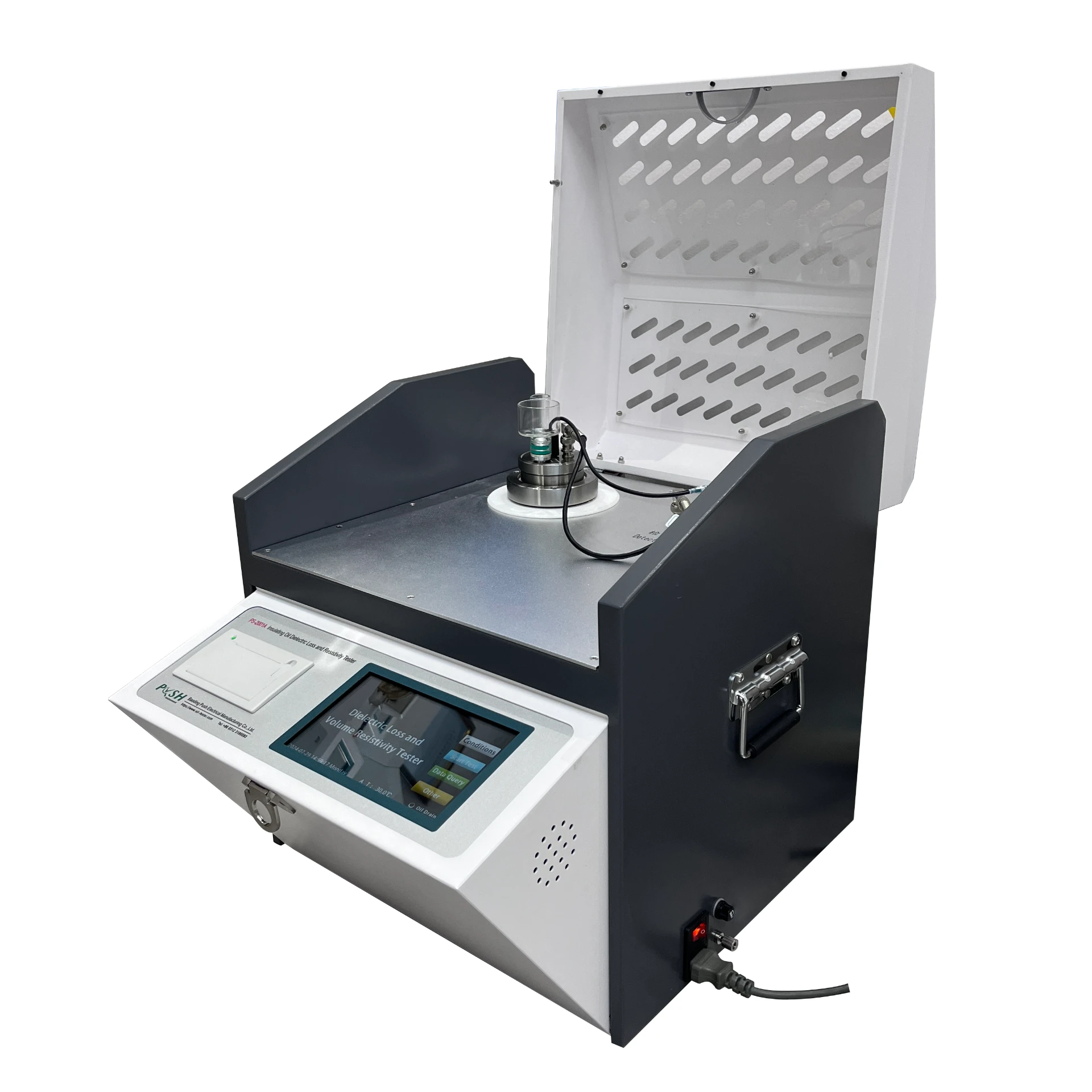 English
English


dielectric loss factor
Understanding Dielectric Loss Factor An Essential Parameter in Material Science
The dielectric loss factor is a crucial parameter in the field of material science and electrical engineering. It characterizes the energy loss that occurs in a dielectric material when it is subjected to an alternating electric field. Understanding the dielectric loss factor is essential for the design and optimization of electronic components, capacitors, and insulating materials in various applications, including power systems, telecommunications, and consumer electronics.
What is Dielectric Loss Factor?
At its core, the dielectric loss factor quantifies the inefficiencies in a dielectric material. When an AC electric field is applied to a dielectric material, the charges within the material do not respond instantaneously. Instead, they experience some lag due to their inertia and the material’s molecular structure. This lag results in energy being dissipated as heat, which we refer to as dielectric losses. The dielectric loss factor (often represented by \(tan \delta\) or sometimes by \(D\)) is defined as the ratio of the resistive (real) power loss to the reactive (imaginary) power storage in the material.
Mathematically, the dielectric loss factor is expressed as
\[ tan \delta = \frac{\text{loss modulus}}{\text{storage modulus}} \]
Where the loss modulus represents the energy dissipated as heat and the storage modulus represents the energy stored in the dielectric field. The value of the dielectric loss factor can vary significantly depending on the frequency of the electric field, temperature, and the material itself.
Importance in Practical Applications
dielectric loss factor

The dielectric loss factor plays a pivotal role in a variety of practical applications. In capacitors, for instance, a lower dielectric loss factor is preferred, as it indicates higher efficiency and minimal energy loss during operation. Similarly, in power cables and insulators, materials with low dielectric loss are essential to ensure that energy is transmitted efficiently without substantial heat production, which can lead to insulation breakdown or reduced lifespan.
In the telecommunications sector, the dielectric properties of materials used in antennas and substrates are critical. A material with a high dielectric loss can lead to signal degradation, affecting the overall performance of communication systems. Thus, engineers and material scientists must carefully select materials with appropriate dielectric properties to meet specific requirements.
Factors Affecting Dielectric Loss
Several factors influence the dielectric loss factor of a material. Frequency is one of the most significant; as frequency increases, the loss factor can either increase or decrease depending on the material's properties. Temperature is another vital factor; for many materials, the dielectric loss increases with higher temperatures due to increased molecular motion.
Additionally, the material composition and structure also play a significant role in determining the dielectric loss factor. For instance, polar materials tend to have higher loss factors at lower frequencies due to the orientational losses associated with dipole movements. Conversely, non-polar materials may exhibit lower dielectric loss.
Future Directions and Research
As technology advances, the demand for materials with tailored dielectric properties is increasing. Researchers are continually exploring new composite materials and nanomaterials to achieve lower dielectric losses while maintaining other desirable electrical properties. The introduction of smart materials that can adapt their dielectric properties in response to external stimuli is an exciting area of research that could revolutionize electronics.
In conclusion, the dielectric loss factor is an integral metric in the design and evaluation of dielectric materials. Understanding its implications can lead to improved performance in various applications, from consumer electronics to high-voltage power systems. As we continue to innovate and refine our understanding of dielectric properties, the potential for enhanced efficiency and performance in electronic devices is boundless.
-
Differences between open cup flash point tester and closed cup flash point testerNewsOct.31,2024
-
The Reliable Load Tap ChangerNewsOct.23,2024
-
The Essential Guide to Hipot TestersNewsOct.23,2024
-
The Digital Insulation TesterNewsOct.23,2024
-
The Best Earth Loop Impedance Tester for SaleNewsOct.23,2024
-
Tan Delta Tester--The Essential Tool for Electrical Insulation TestingNewsOct.23,2024





